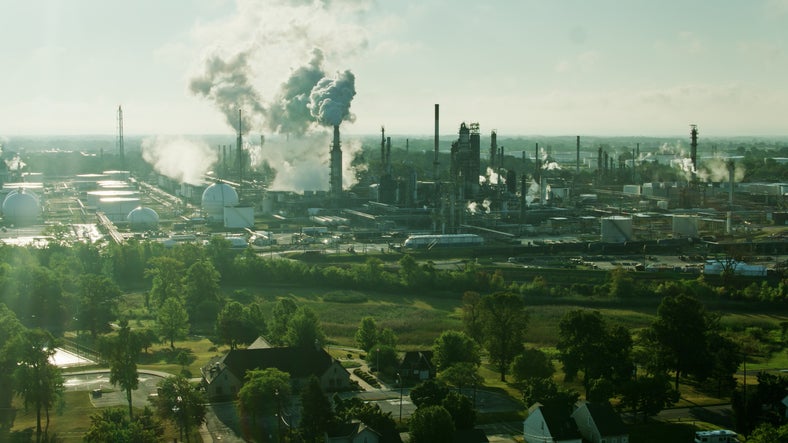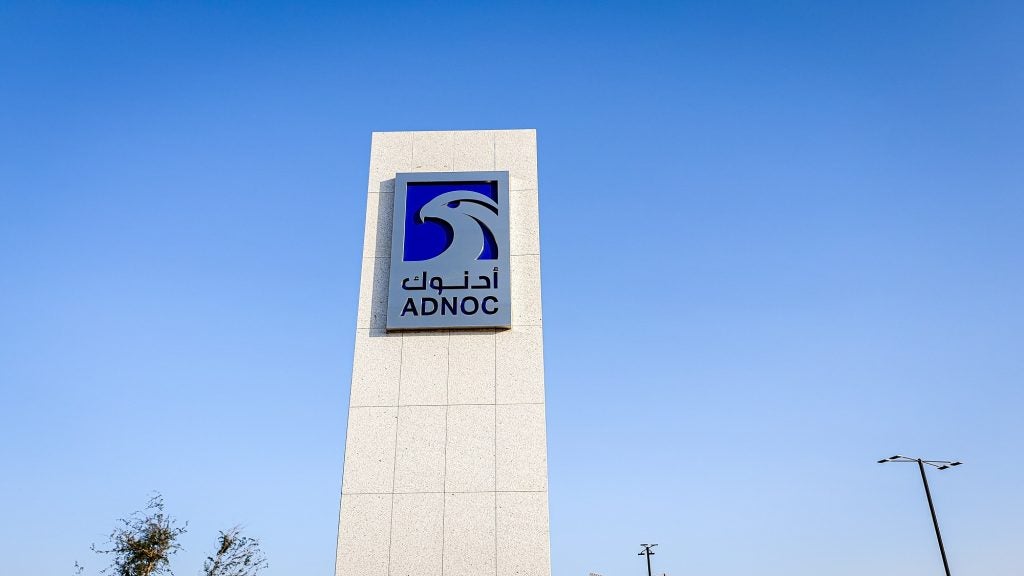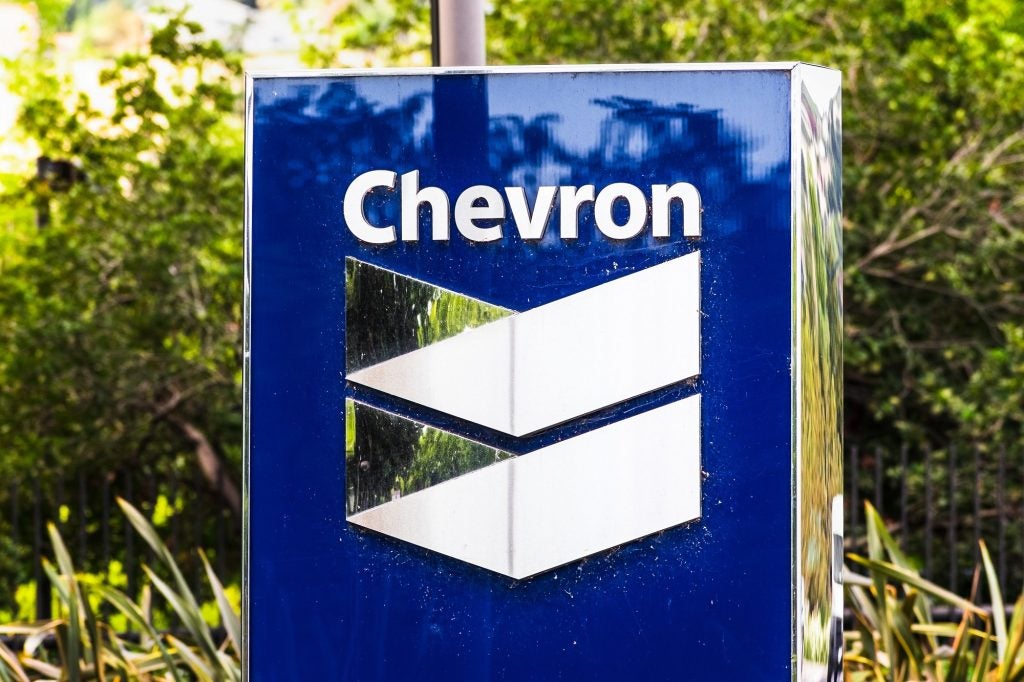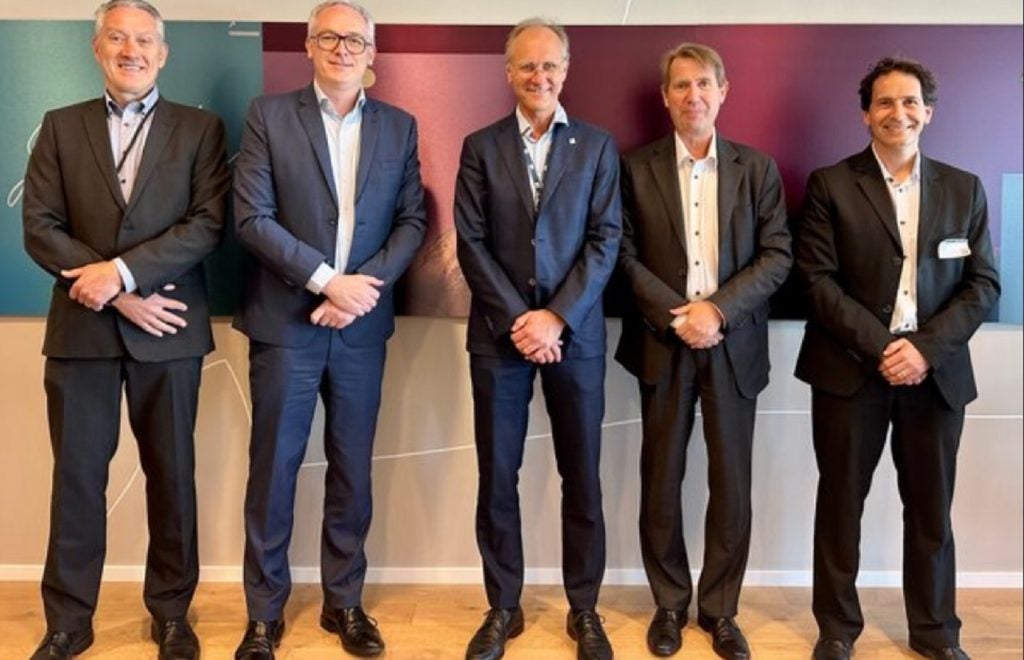
The International Energy Agency (IEA) has recommended that the oil and gas industry invest $75bn in reducing its methane emissions. This would represent 2% of the industry’s 2022 net income.
The investment would reduce greenhouse gas emissions through to 2030 and move it closer to the agency’s pathway for achieving net zero by 2050.
In a report published on Tuesday, the IEA criticised the industry for being “too slow” to reduce global emissions “despite the record profits that the oil and gas industry saw in 2022”.
“Methane abatement in the oil and gas industry is one of the cheapest options to reduce greenhouse gas emissions anywhere in the economy,” the report states.
The report calls for a zero-tolerance approach to methane leaks and intentional releases. It also calls for the elimination of non-emergency flaring by 2030, where natural gas is burnt on oil rigs as a means of disposal.
The concentrations of methane in the atmosphere are 2.5 times higher than pre-industrial levels, according to the US Environmental Protection Agency. A growing number of governments are taking action on methane emissions and gas flaring.
The US Government has committed to a crackdown on the practice, charging producers up to $1,500 per tonne of emitted methane under the country’s Inflation Reduction Act.
Additionally, in the UK, flaring has fallen by 50% since 2018 following efforts from the North Sea Transition Authority. Flaring represents around a fifth of the emissions from North Sea and gas production.
According to the IEA’s timeline, in order to reach net zero by 2050 methane emissions from the entire energy industry must drop by 75% by 2030.
COP28, taking place in Dubai later this year, will offer an opportunity for producers to commit to cuts by the end of the decade, the IEA states.






